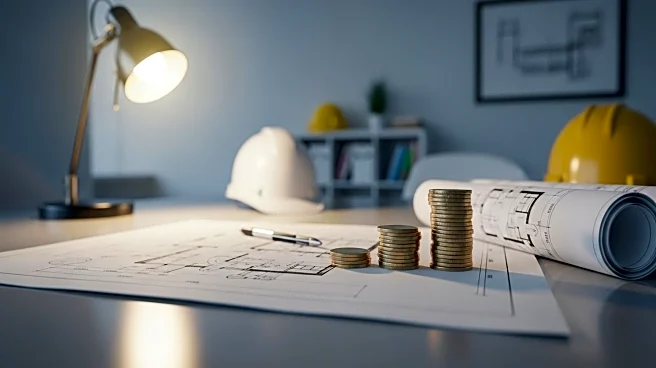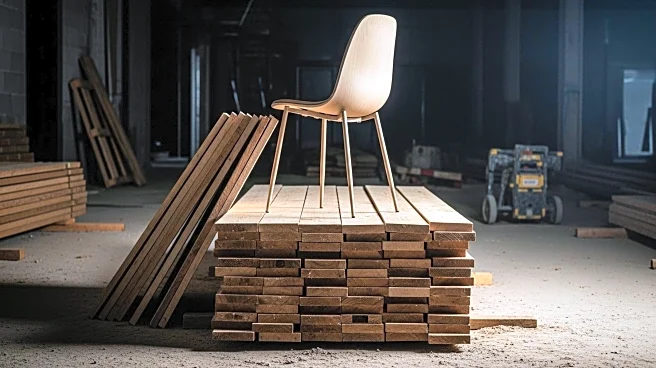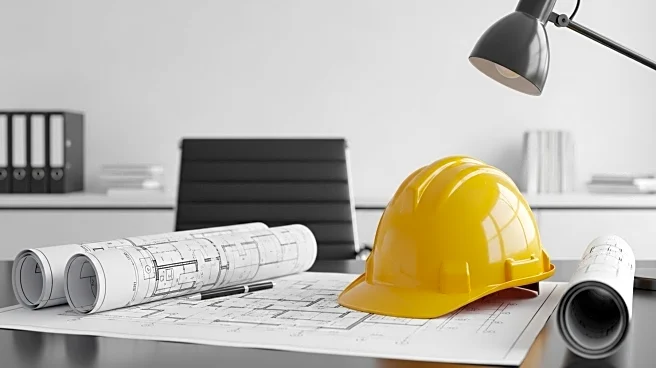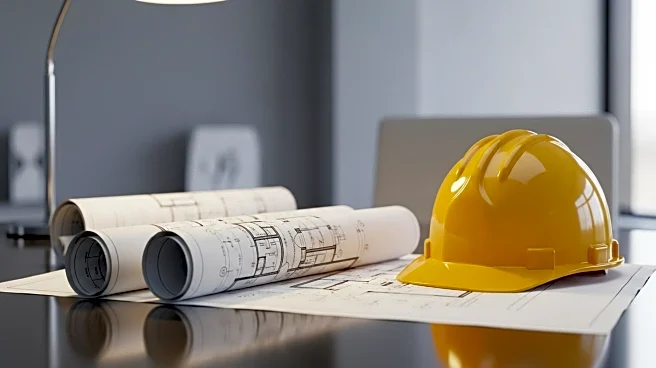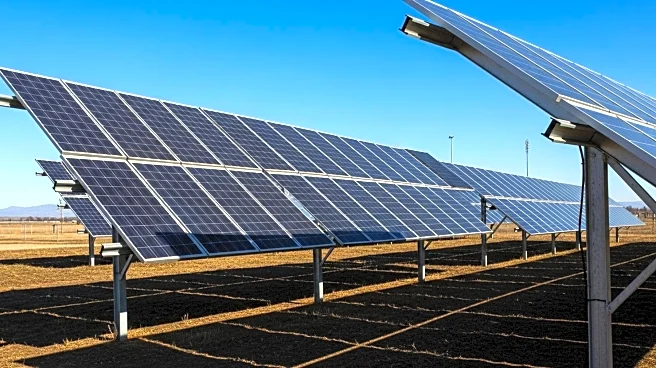What is the story about?
What's Happening?
Recent analysis by Cushman & Wakefield highlights the impact of shifting U.S. trade policy on the commercial real estate construction sector. Tariffs on imported building materials are expected to increase construction materials costs by an average of 9% in 2025, leading to a 4.6% rise in total project costs compared to the previous year. Metals such as steel, aluminum, and copper are experiencing the steepest cost increases, with tariff rates reaching up to 50%. Copper-intensive projects, like data centers, are particularly affected due to their high copper requirements. The analysis notes that construction pipelines were already under pressure from high interest rates and cautious lending, and tariffs add another layer of uncertainty.
Why It's Important?
The increase in construction costs due to tariffs has significant implications for the commercial real estate sector. With approximately 40% of construction materials being imported, the tariffs are expected to pass through to end-users, affecting contractors, developers, and tenants. The rising costs could lead to delays or cancellations of projects, impacting the overall growth of the sector. Additionally, the inability of domestic production to meet demand for key materials like copper and aluminum further exacerbates the situation, leaving stakeholders to navigate a volatile pricing environment. This could result in increased costs for businesses and consumers, affecting economic growth.
Beyond the Headlines
The trade policy shifts highlight broader economic challenges, including the reliance on imported materials and the need for domestic production capacity expansion. The situation underscores the importance of strategic planning and risk management for construction stakeholders. As tariffs continue to impact costs, businesses may need to explore alternative sourcing strategies or invest in domestic production capabilities to mitigate risks. The long-term implications could include shifts in supply chain dynamics and increased focus on sustainable and resilient construction practices.
AI Generated Content
Do you find this article useful?
